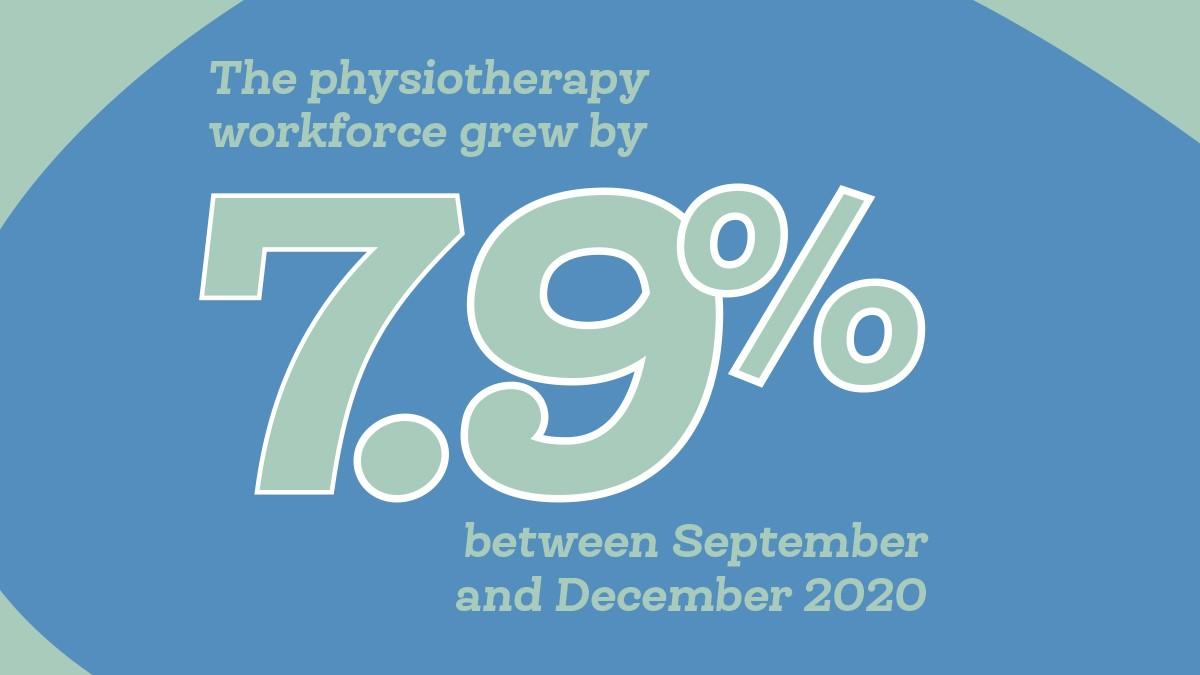Our workforce programme saw a significant increase in activity to respond to a range of workforce issues that arose during the pandemic

Early on in the pandemic, we worked directly with HEE and Health Education Improvement Wales to deliver guidance about the entry of temporary registrants to the workforce, including final year students who had completed clinical placements and met standards of proficiency, and former registrants who had left the registry within the past 3 years.
We also undertook extensive work to facilitate middle year students to work as Band 3 support workers, whilst finding ways to give students credit for learning to enable them to progress through their qualifying programme.
The physiotherapy workforce grew by 7.9% between September and December 2020
We have welcomed further growth in higher education providers of qualifying programmes including two new apprenticeship routes that began in September 2020.
Placement capacity for students was a significant concern during 2020, so we took steps to help the profession cope with demand by offering students non-clinical placements. The CSP hosted four students in September 2020 on a four-week practice placement, which integrated peer learning and remote supervision into their design.
Lobbying by the CSP also led to visa extensions being agreed for physiotherapists during the pandemic.
Data from the Health and Care Professions Council has confirmed that the registered physiotherapy workforce continued to grow, with an increase of 7.9% between September and December 2020.
Common Placement Assessment Form (CPAF)
In July 2020 the CSP launched a pilot Common Placement Assessment Form (CPAF) and invited all UK universities who offer pre-registration physiotherapy courses to test it out in the practice setting.
The CPAF, which is aimed at providing a consistent and standardised approach to the assessment of student physiotherapists on practice placement, has been co-created with experts in practice-based learning from universities, as well as with students.
The standardised form was designed for use by students from any university in any practice setting, making it much easier for practice educators to take students from different institutions. Similarly, accommodating and actively encouraging diversity in placement settings, both patient facing and non-patient facing, has been key to the CPAF’s design.
The CPAF also puts student at the centre of their learning, supporting ownership and reflection throughout the placement duration.
Find Out More
Number of subscribers: 1




































